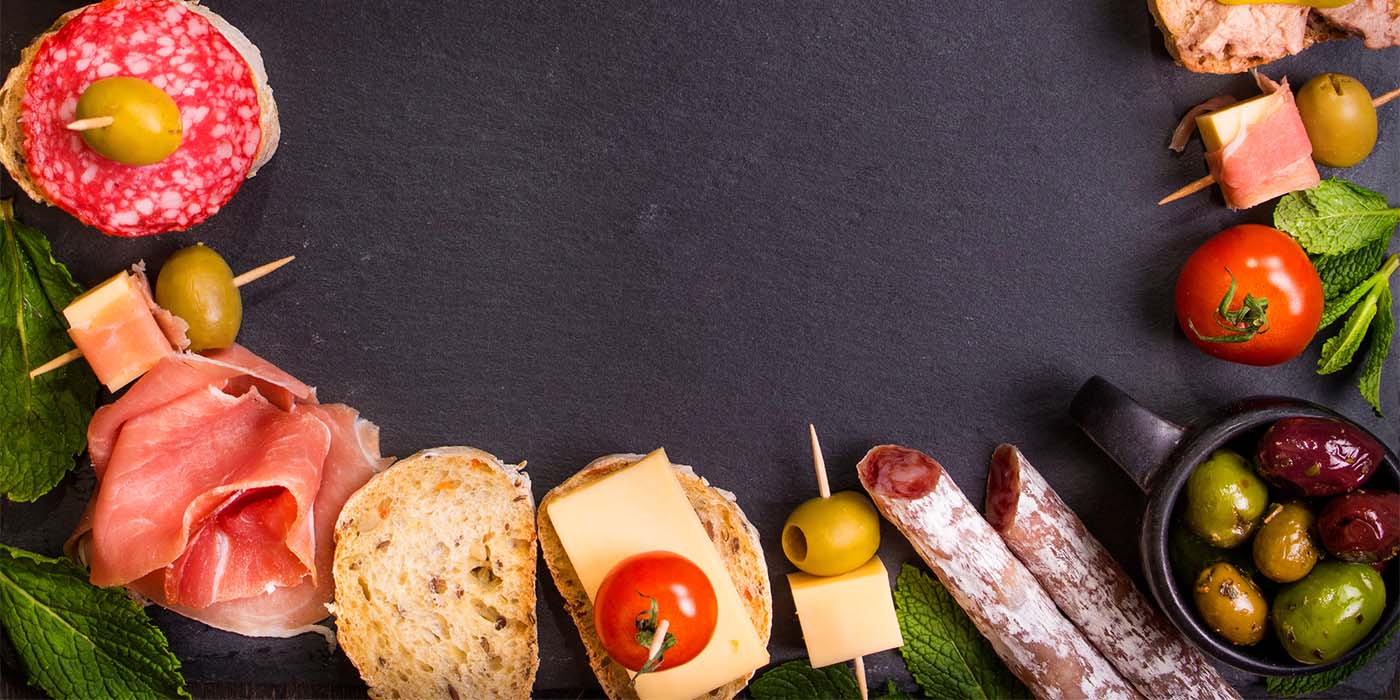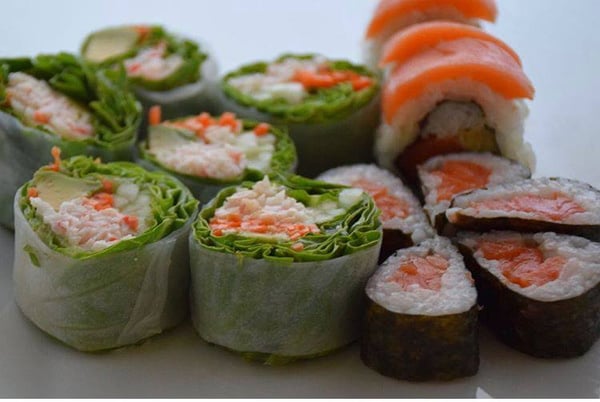Help Isom IGA recover from devasting floods

Everywhere across America, every night of the week, people are asking the same question: What’s for dinner?
It’s a simple question that translates into big numbers. According to market research firm NPD, U.S. consumers ate nearly 100 billion dinners in 2017, and eight out of 10 of them were eaten at home. Research shows the family dinner is still going strong, and meals prepared and eaten at home are expected to grow over the next five years, while the number of trips to restaurants is projected to decline.
As IGA CEO John Ross mentions in his year-end message, there have been many changes to the retail landscape in recent years and big transformations projected to come. The coming of age of “Generation Z” and changing expectations of consumers will require retailers to usher in new technology and create different ways to make the shopping experience as easy and convenient as possible.
Many of these changes can be seen in the rise of the “grocerant,” a hybrid of restaurant and grocery store. An article on eater.com describes grocerants as “essentially the grab-and-go salad bars and prepared foods counters, evolving and looking more like fast-casual restaurant spaces, designed to keep shoppers in the store.” While the definition is broad, it leaves a lot of room for creative applications. A glass of wine before grocery shopping? Sit down dining? Made-to-order sandwiches or sushi? There’s room for all sorts of customization.
Reasons that restaurant meals are on a downward slope are varied (financial, demographics, changing preferences), and translate into more opportunities for independent grocers to grab a bigger piece of the proverbial pie.
“I think you need to look at the overall picture when it comes to consumers’ buying/eating patterns,” said Eric Richard, education coordinator for the International Dairy Deli Bakery Association. “Consumers are spending more money than they ever have (at the grocery store), but more of it is being spent on prepared foods. People are looking for quick, convenient, and often they are not thinking ahead on what dinner is going to be.”
Grocerants Gain Momentum
The movement toward hybridization of food service and grocery is a major growth area, as seen in the numbers:
- NPD's food-service market research found that in-store dining and take-out prepared foods from grocers has grown 30 percent over the past eight years.
- In 2016, grocerant portions of stores brought in 2.4 billion new visits and $10 billion in sales (according to NPD research).
- Revenue for prepared food service at supermarkets grew an average of 10 percent a year from 2005 to 2015, according to research firm Technomic Inc. And when dining out, more consumers are choosing their local grocery stores over traditional fast food and restaurants, the firm showed.
Who’s Driving the Changes
There are a number of demographic factors and possible scenarios that you want to keep an eye on when looking at grocerants’ growth in popularity:
- Baby Boomers: Retirees who are single/living alone often don’t feel like cooking for just themselves every night. They are looking for single-serve “heat and eat” meals or hot bar offerings to eat in-store or take home.
- Generation X: Often in family situations with two working parents, these individuals are time-scarce, and less inclined to dine out. They are looking for easy-to-prepare, healthier meal kits they can make at home.
- Millennials: While not as big on cooking for themselves every night, they are looking for healthier, fresher options than traditional fast food or convenience stores, and often seek out more adventurous foods and flavors for their “grab and go” meals.
Evaluate and Educate
Richard recommends taking a hard look around the store to see what you’re doing and how to do it better. “A lot of it comes down to marketing. Are you doing a good job about letting people know about what you offer? Utilize what you currently have and bump it up a couple notches, create more synergy. Get a pulse of what the customers want, monitoring current trends in the market, and incorporate it into your offerings.” For example, if you have an in-store bakery, try offering a breakfast sandwich, or doing something really creative and distinctive with bread or doughnuts, he said.
Kim Kirchherr, registered dietitian and IGA health and wellbeing advisor, agrees that making the shift to be more convenience-oriented can lie in what you’re currently doing, along with making some tweaks to make better choices as easy as possible for shoppers. For example, if you’ve got shoppers coming in for a rotisserie chicken, point out some ways to complete the meal and balance the choices, such as pairing with bright and colorful vegetables or winter squash.
“What you’re doing is helping them put the meal together and filling it out,” she said. “If they only get the chicken, it’s a missed opportunity to round out the basket, and get a healthier meal.”
In these cases, communicating through signage and employee recommendations can be key. Figure out a way to highlight which of your deli foods are made from scratch, or have employees provide ideas for which foods and flavors pair well together. A little personalization can go a long way, said Kirchherr.
Be Unique, Be Yourself
Chains like Whole Foods have been leading the way in grocerant innovation, but this isn’t about trying to become Whole Foods. Making changes in this area is more about being able to play up your unique strengths and advantages, said Richard.
“Get started by looking at what will drive traffic, especially for prepared food options. Some people might be in the store, shopping for groceries, and pick up something for their nightly meal. Other people are looking for a quick solution, and you’ll want to offer them something they can’t find in a quick-serve restaurant,” he said.
Keep in mind, you’re competing not just with Whole Foods, but also fast food/fast casual restaurants as well as online food and meal kit delivery services.
 More and more, consumers are gravitating toward bold flavors and ethnic cuisine.
More and more, consumers are gravitating toward bold flavors and ethnic cuisine.
Fred Zanotto of Zanotto’s Markets in San Jose, California, sums it up this way: “Our competition is anyone who sells food. The pie is only so big and we want to make sure we have a piece of it.”
Redesigning or refreshing how you approach prepared foods in order to line up with consumers’ needs and desires can add up to big returns. In the next two parts of this series, we’ll dive deeper into the how-tos, and we’ll look at what some IGA stores are doing to make their stores more “grocerant-friendly” and “convenient.”
Previous Story
← Embracing the Opportunities Ahead
.png?width=600&name=Food-FutureofDinner-Infographic%20(003).png)
No Comments Yet
Let us know what you think